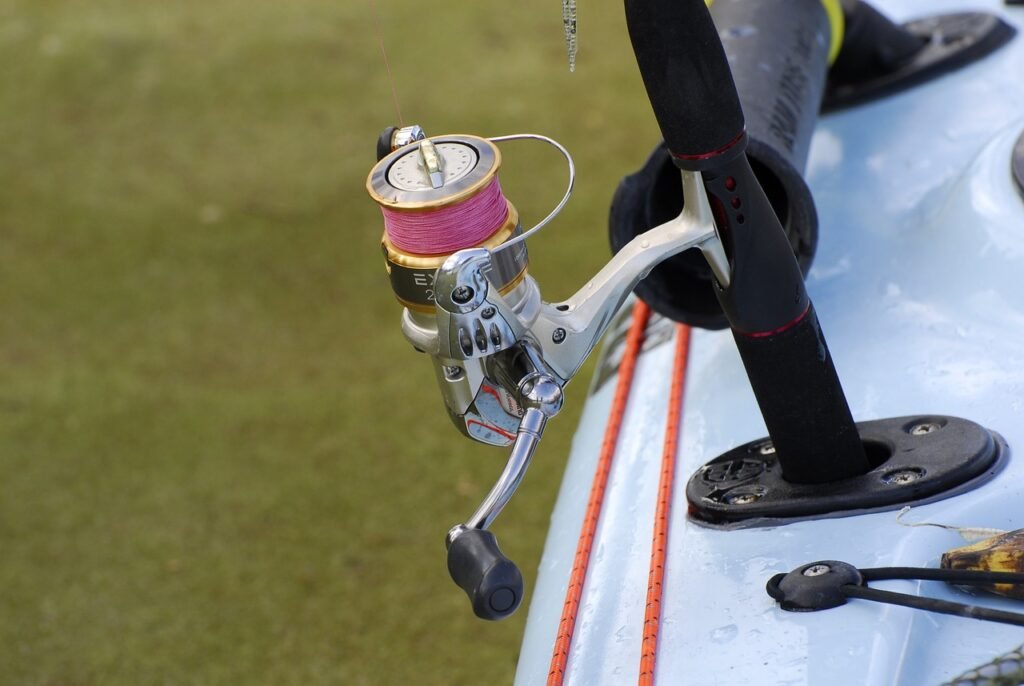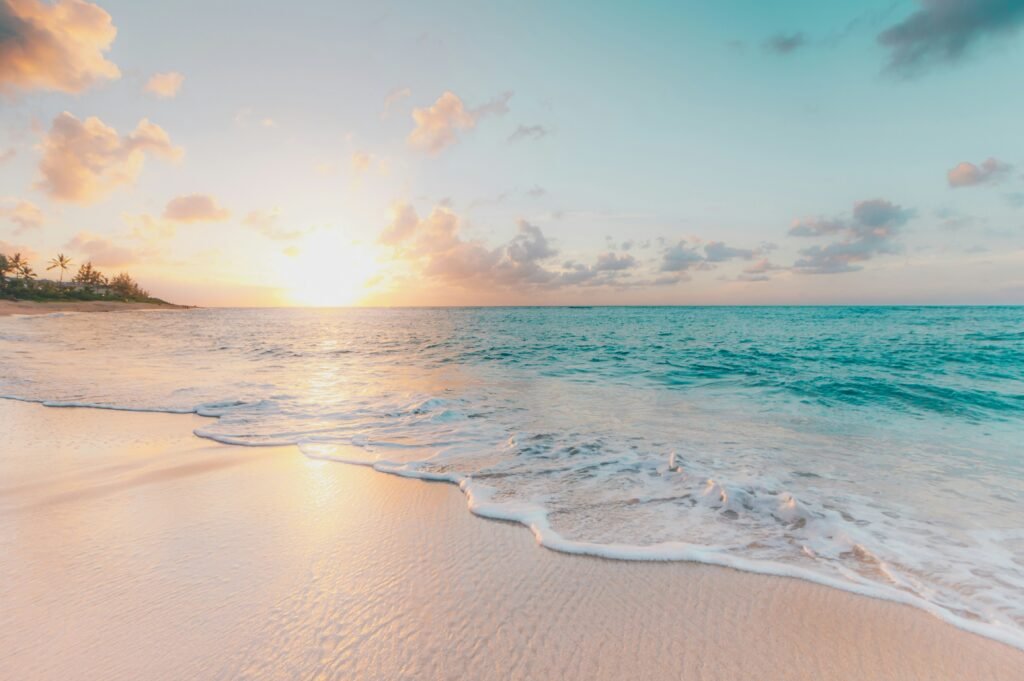Hello, fellow anglers and ocean adventurers! Are you dreaming of that crisp sea air, the tug of a line, and the thrill of reeling in your next big catch? Whether you’re a seasoned sea-fisherman or you’re just dipping your toes into the salty waters of coastal fishing, picking the right boat is as pivotal as selecting the perfect lure. In this blog post, we’ll cast into the vast ocean of information and reel back some golden advice to help you choose the best boat for your saltwater excursions.
Understanding Saltwater Fishing Boats
Before you hoist the sails or rev up the motor, it’s vital to understand the distinct characteristics that set a saltwater fishing boat apart from its freshwater counterpart. Saltwater vessels are engineered to be incredibly durable, featuring materials and designs that resist corrosion caused by saltwater exposure. Additionally, these boats are built to handle the rougher conditions of the sea, including significant swells and waves, ensuring a safer and more stable fishing experience in the deep sea. This resilience is crucial for navigating the unpredictable environments of saltwater fishing locations, where conditions can change rapidly.
Materials Matter: Aluminum vs. Fiberglass
The age-old debate among boating enthusiasts—should your boat be aluminum or fiberglass? Each material has its proponents.
Aluminum boats are favored for their lightweight nature, which not only makes them easy to maneuver but also generally more affordable compared to other materials. Their durability is noteworthy; they can withstand rough handling and are exceptionally resistant to corrosion. This makes them an ideal choice for use in saline environments, such as the ocean or saltwater lakes, where corrosion is often a significant concern for boat owners.
Fiberglass boats are known for being heavier and more stable, providing a smooth ride, especially on choppy water days. Their sleek finish adds an aesthetic appeal that can make any boat owner proud. However, it’s important to consider all factors; fiberglass boats tend to require more maintenance compared to other materials. This can include regular polishing to maintain their glossy appearance and repairs for any gel coat damages. They are often seen as a big-ticket investment due to their higher initial cost and ongoing upkeep. Before making a decision, weigh your options carefully to ensure that a fiberglass boat matches your boating lifestyle and budget.
Finding the Perfect Boat for Your Target Fish
When planning your fishing trip, it’s crucial to think about the type of prey you’re aiming to catch. Are you setting your sights on bottom dwellers like grouper and snapper? These fish prefer the shelter of underwater structures, so you’ll need a boat with a deep-V hull. This type of boat is designed to handle choppy waters, allowing you to reach those rocky habitats where grouper and snapper thrive, without compromising on safety or comfort.
On the other hand, if your goal is to catch fast-moving fish such as wahoo or marlin, speed and agility are key. In this case, a center console or a high-performance boat is your best bet. These boats offer the speed and maneuverability needed to follow these swift predators, enhancing your chances of a successful catch. Their open design also provides 360-degree access to the water, making it easier to cast and reel in from any direction.
No matter your target, choosing the right boat can significantly impact your fishing experience, improving your chances of landing the catch of the day.
Size and Capacity: Think Big (or Small)
Saltwater fishing can mean different things to different folks. If you’re planning a solo sortie or a small group, a single-engine center console might suffice. But for those grand adventures with a crew of kindred spirits, you’ll need more room to maneuver and storage for all that gear—not to mention a comfortable place to retire after the day’s battles. This could mean upsizing to a multi-engine setup or even a cabin cruiser for those overnighters.
Here’s a swift glimpse of what different sizes could offer:
| Boat Size | Advantages |
| Under 20’ | More mobility, easier trailering |
| 21’ – 26’ | Balance of comfort and manageability |
| 27’+ | Increased capacity, features for long haul |
Remember, with size comes responsibility; larger boats may require more experience to pilot, as well as additional upkeep and a heavier anchor for your wallet.
Features Are Your Friends: The Essentials of a Fisher’s Vessel
Do you have gadgets and gizmos aplenty? For those who brave the waters in pursuit of their next big catch, these aren’t mere luxuries—they’re indispensable tools of the trade. Imagine having state-of-the-art fish finders that not only pinpoint the location of your target but also provide valuable data on water depth and temperature. Consider the advantages of sophisticated GPS technology, which allows for seamless navigation across vast waters and the ability to mark those elusive hot spots where fish flock in abundance.
But it doesn’t stop there. Rod holders may seem simple, yet they’re crucial for organizing your gear and maximizing your fishing efficiency. Live wells ensure your catch remains fresh, preserving the quality of your hard-earned prize until you return to shore. And let’s not overlook the importance of outriggers, which significantly increase your line’s spread, enhancing your chances of a successful haul.
The open sea is generous to those who come prepared. As you contemplate the enhancements to equip your vessel with, think beyond the basics. Consider what additions will not only turn the tides in your favor but also transform your fishing experience into one of unmatched efficiency and effectiveness. The right features are indeed your friends, guiding you toward a bounty beyond your wildest dreams.
Testing the Waters: A Deep Dive
Within the close-knit fishing community, a common adage resonates with truth—”You don’t truly know a boat until you’ve sailed it.” This statement underscores the importance of firsthand experience, especially when it comes to navigating the seas. Test driving a variety of boats is more than a precaution; it’s a journey into the heart of what makes each vessel unique. As you take the helm, several questions come to mind. How does she handle with a full load against the relentless waves? What about her agility during a sharp turn, or her stability as the weather turns from a gentle breeze to a challenging gale? Each trial on the water peels back layers of mystery, offering insights into the vessel’s character and capabilities. This hands-on approach not only enhances safety but also deepens the bond between a sailor and their craft.
Financing Your Expedition Vessel
When it comes to choosing your perfect expedition vessel, price is a crucial factor in the decision-making process. As we’ve all come to understand, boats represent significant investments, not just in financial terms but also emotionally. The connection you develop with your vessel is profound, making it essential to approach your purchase with a strategic mindset.
To navigate these financial waters wisely, it’s imperative to be savvy about managing your sea purse. Begin by exploring various financing options available to you. Whether it’s through loans, leasing arrangements, or other financial instruments, finding the right financing solution can make a world of difference.
Moreover, it’s important to take a holistic view of your budget. Beyond just the purchase price, consider the ongoing costs associated with boat ownership. This includes insurance premiums, which can vary widely based on the type and value of your vessel. Docking fees are another consideration, as prices can fluctuate significantly depending on the location and amenities of the marina. Maintenance costs, too, are an inevitable part of boat ownership, covering everything from routine servicing to unexpected repairs.
By carefully considering all these factors and planning for them in your overall budget, you can ensure that your investment in an expedition vessel is not only a source of joy and adventure but also a financially sound decision.
A Lure for Adventure
Ultimately, the right boat is one that aligns with your fishing aspirations, handles well in your most frequented waters, and feels like a second home upon the sea. It’s not about the biggest or the flashiest; it’s about the right fit for your kind of salty tale.
In the end, the tales of the one that got away are just as precious as the catches documented in the logbook. It’s in the chase, the camaraderie, the splash of the wake behind you, and the promise of fresh catch on your plate or trophy on the wall.
As you venture into the blue frontier in search of your dream sea chariot, always remember—the ocean’s bounty is generous, but she favors the prepared. Equip yourself with the right vessel, and may your fishing adventures be bountiful and your seas calm.
—
Ready to discuss your experiences, or have questions about what boat captured your sea-loving heart? Drop a line in the comments below! Here’s to smooth sailing and even smoother fishing—may the horizon be your starting line to adventure.



